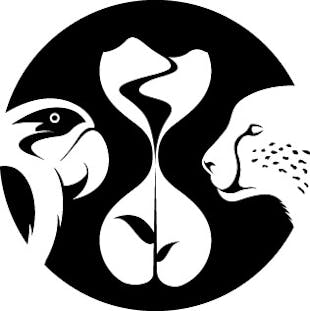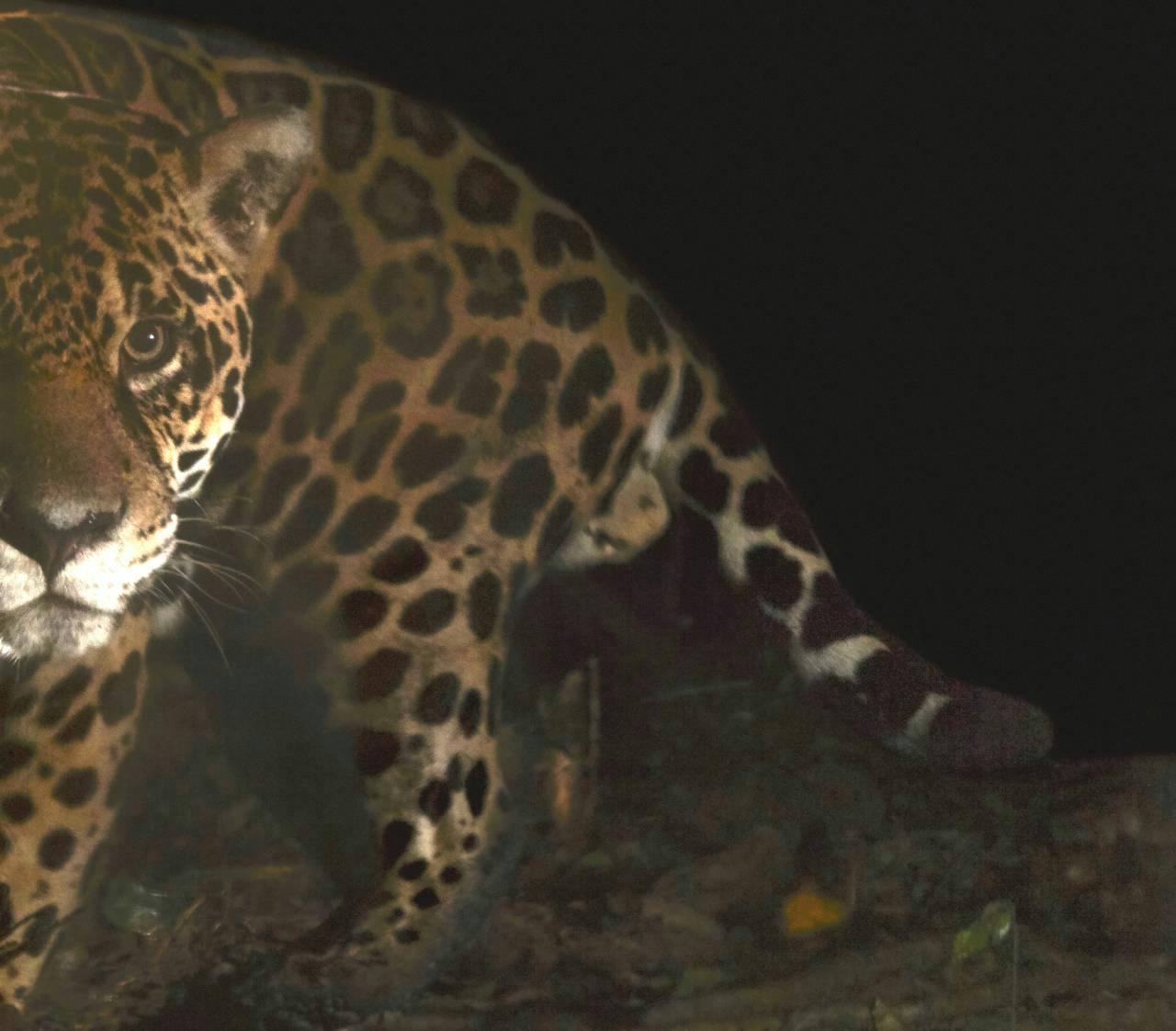In July of 2020, we applied for, and were awarded, a grant for $11,600 from Quick Response Fund for Nature. The purpose of the funds was to purchase a plot of land that was strategically crucial for us to complete our mission. As mentioned in the application, we were awaiting final approval for a large Land-Purchase grant from Rainforest Trust, but could not wait until November, when that funding would become available, because the owner had indicated that she would sell this crucial piece of land to another buyer if we did not come up with the funds immediately. The rapid turn-around time by QRFN was the only thing that enabled us to purchase this strategic plot, setting into motion a series of actions with decidedly positive results.
The singular mission of FSM is to protect the Bigal-Payamino corridor, a biologically diverse stretch of foothill forests that connect the highland forests of the Sumaco Napo-Galeras National Park to the west with the lowland forests of the Payamino indigenous community to the east. The plot in question, owned by Jessica Llanos, is the eastern-most plot of land within the corridor, abutting the Payamino community. Without it, we would not be able to complete the connection, nor prevent incursions into the corridor and, ultimately, into the National Park itself.
Once we purchased the Jessica Llanos plot, a number of positive events followed. To begin, Sra. Llanos has twelve siblings, each of whom owns a neighboring plot. Encouraged by our purchase of their sister’s plot, seven of those siblings have subsequently sold their plots to us, helping us in our desire for continuity within the corridor. Also, one of those seven plots is directly on the access road to the area, and has a small clearing near the road. This will enable us to build a small research station/tourist lodge in the eastern part of the corridor, mirroring the one we have been administering for years in the western part of the corridor. Having two outposts is crucial in our efforts to control and protect the corridor, and will allow us to conduct daily patrols of the eastern area, something that would be impossible from the western outpost, which is an 8-hour hike away. Similarly, having a base in the east will facilitate proper biological surveys to be conducted in this area, which is at 500Masl, as opposed to the 950Masl at which the western station sits. All of our target species (White-bellied Spider Monkey, Jaguar, Bush Dog, Pink-throated Brilliant, and Ecuadorian Piedtail) also occur at this lower elevation, and more target species will no doubt be added.
Finally, the most important benefit of completing the corridor is that we can now move forward in confidence on our collaboration with the Payamino community on a Jungle Trek tourist venture. As mentioned in our application, the 30-kilometer Trek will take tourists from our Lodge at 950 meters, and will proceed down to the Payamino lowlands, where they will hike along ancient trails maintained by the Payamino, and be housed by the Payamino community. All the trails have been built, as have most of the sheltering structures, and our Payamino partners have expressed a great excitement at an income stream that allows them to share their ancestral way of life with appreciative tourists.
In conclusion, we cannot stress enough how important it was to receive the emergency funds from QRFN as quickly as we did. All the progress we have made in the past six months was entirely dependent on purchasing the Jessica Llanos plot with that emergency money.
Authored by Fundación Sumac Muyu




